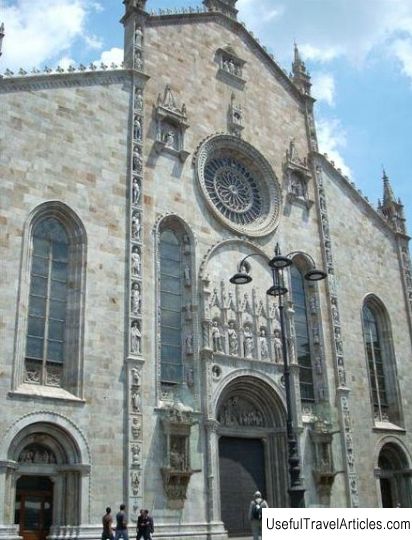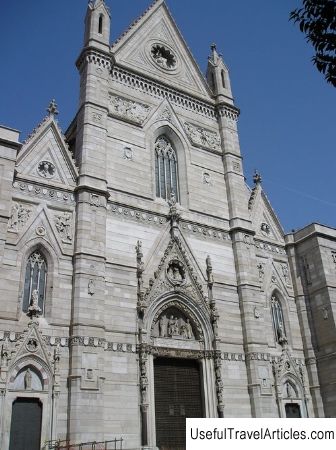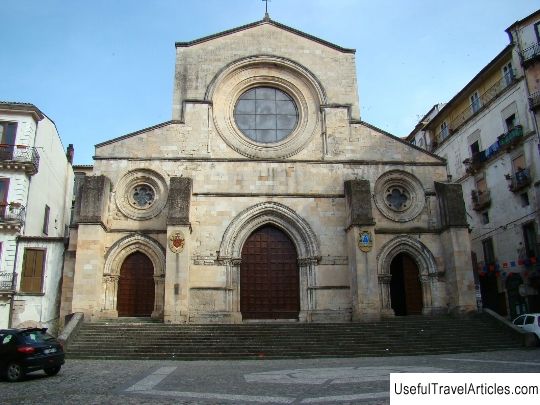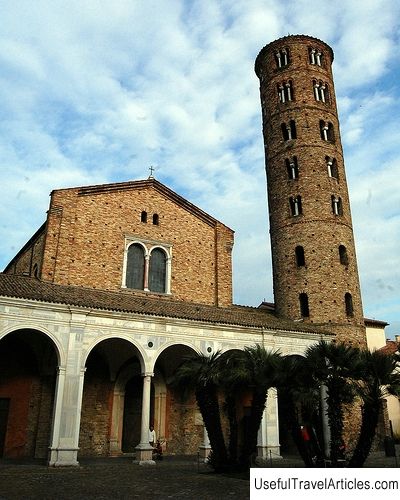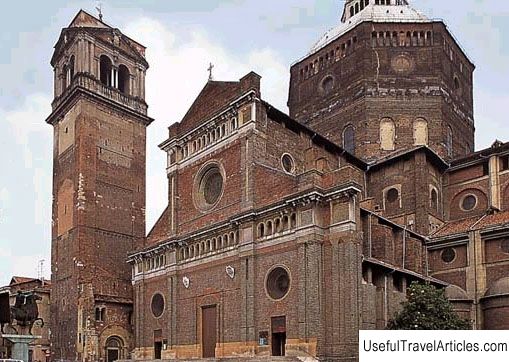Milan Cathedral (Duomo) description and photos - Italy: Milan
Rating: 8,3/10 (6894 votes) 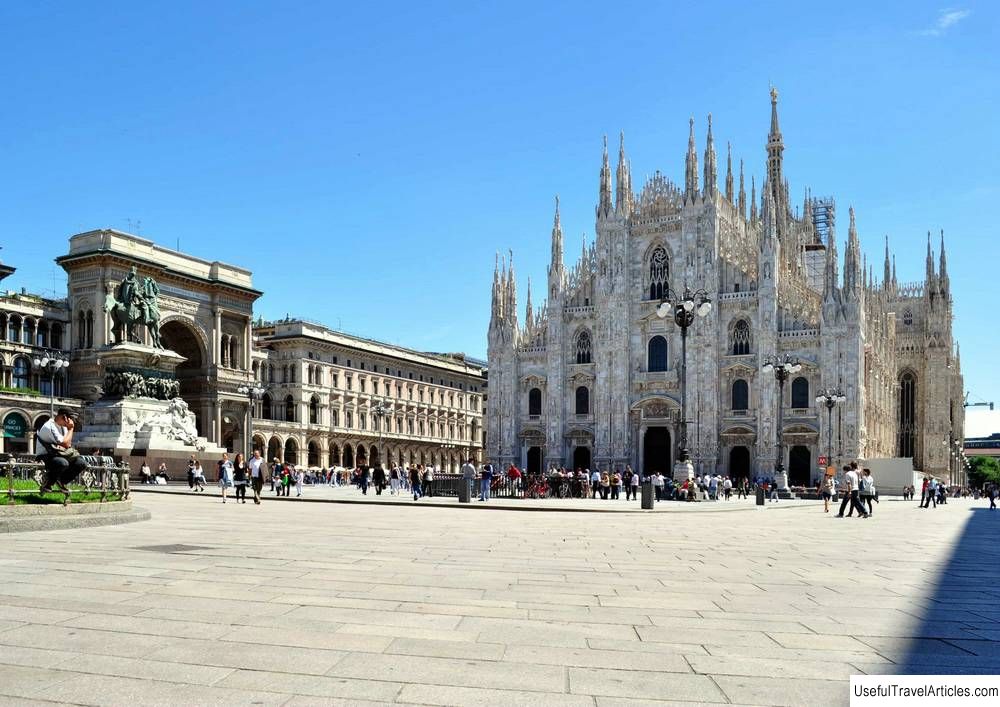
Milan Cathedral (Duomo) description and photos - Italy: Milan. Detailed information about the attraction. Description, photographs and a map showing the nearest significant objects. The title in English is Duomo. Photo and descriptionDuomo is Milan's cathedral named after Santa Maria Nachente. This Gothic temple was built over almost six centuries and today is the fifth largest cathedral in the world and the largest in Italy. The Duomo is located on the site where the center of the ancient Roman Mediolanum was once located, as evidenced by the fact that the modern streets of the city either diverge from the cathedral or surround it. Under the Duomo building, you can see the early Christian baptistery, built back in 335 - this is one of the oldest Christian baptisteries in Europe. History of the construction of the DuomoIn 1386, Archbishop Antonio da Saluzzo began construction of the cathedral, which coincided with the rise to power in Milan of Gian Galeazzo Visconti. The first architect of the project was Simone da Orsenigo, who planned to build a cathedral in the Lombard Gothic style. However, Visconti wanted to follow the fashion trends of European architecture, and therefore invited the French engineer Nicolas de Bonaventure, who added the style of "radiant Gothic" - a French style not typical for Italy. He also decided that the brick building should be decorated with marble. In 1402, Gian Galeazzo died - by this time the cathedral was only half completed, and construction was “frozen” almost until the end of the century. At the beginning of the 16th century, during the reign of Ludovico Sforza, the dome of the temple was completed, and its interiors were decorated with 15 statues depicting saints, preachers, soothsayers and other characters of the Bible. For a long time, the exterior of the cathedral remained without any decorations, with the exception of Guletto del Amadeo ("Amadeo's Little Spire"), a Renaissance element that harmonized well with the Gothic appearance of the church. Despite the fact that the cathedral was not completed, it was actively used for its intended purpose during the Spanish rule in Milan. In 1552, Giacomo Antenyati was commissioned to build a large organ for the church choirs, and Giuseppe Meda worked on the decoration of the altar of the cathedral. A little later, the famous Trivulzio candelabrum of the 12th century appeared here. After Carlo Borromeo became the archbishop of Milan, all non-church elements were removed from the Duomo, including the graves of Giovanni, Barnabo and Filippo Maria Visconti, Francesco I and his wife, Ludovico Sforza and other former rulers of the city ... Pellegrino Pellegrini was appointed chief architect - together with the archbishop, they wanted to give the cathedral a Renaissance look, which was supposed to strengthen its Italian origin, and "suppress" the Gothic architecture, which was then perceived as alien. As the facade of the cathedral was still incomplete, Pellegrini designed it in Romanesque style with columns, obelisks and a large tympanum. However, this project was never destined to come true. At the end of the 16th century, the presbytery was rebuilt in the Duomo and new altars and baptistery were added, and in 1614, Francesco Brambilla made wooden choirs for the throne. At the beginning of the 17th century, the foundation of the new facade of the Duomo was laid, work continued until 1638: five portals and two central windows were erected, and ten years later, a revolutionary decision was made - to return the cathedral to its original Gothic appearance. In 1762, the Milan Cathedral acquired one of its outstanding details - the Madonnina spire, which rose to a dizzying height of 108.5 meters. It is interesting that today the inhabitants of the city use this spire to determine the weather - if it is clearly visible from a distance, then the weather is good (given the damp climate of Milan, the spire is usually hidden in fog). Only at the beginning of the 19th century, the facade of the Duomo was finally completed - thanks to Napoleon, who was to be crowned in the cathedral as King of Italy. Architect Carlo Pellikani Jr. added some neo-Gothic details to the facade and a statue of Napoleon on top of one of the spiers. In the future, the missing arches and spiers were completed, statues were installed on the south wall, and in the middle of the 19th century the old windows were replaced with new ones. The final touches to the Duomo's appearance were added already in the 20th century: on January 6, 1965, the last gate was opened - this date is considered the official date of the completion of the cathedral's construction.                 We also recommend reading Church of the Resurrection of the Word near Arbat Square description and photos - Russia - Moscow: Moscow Topic: Milan Cathedral (Duomo) description and photos - Italy: Milan. |
